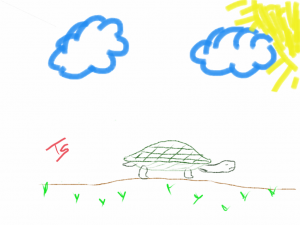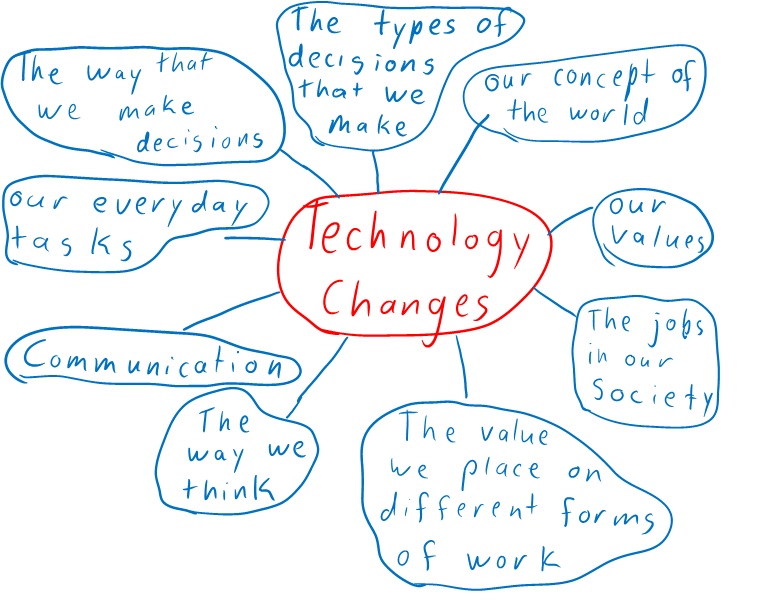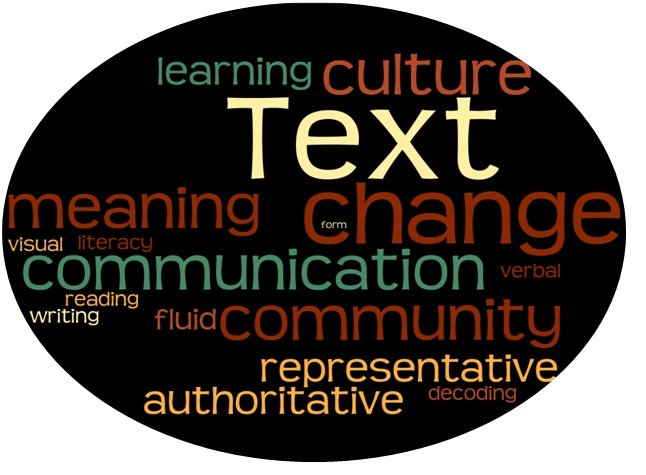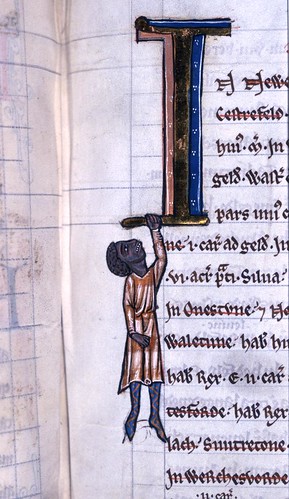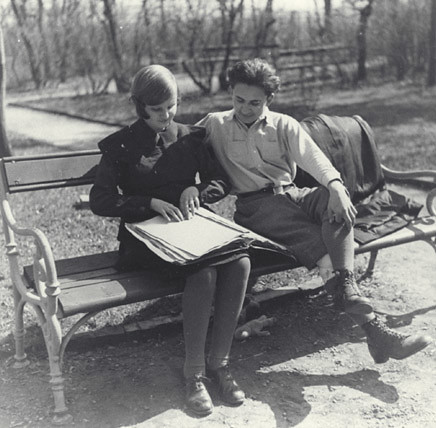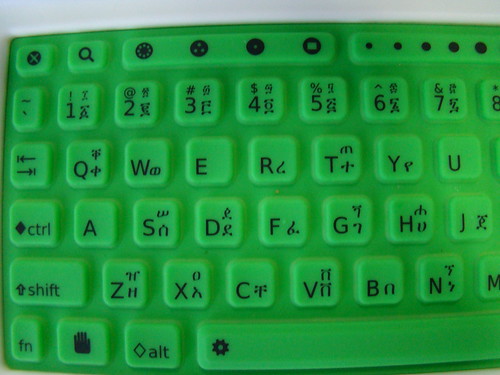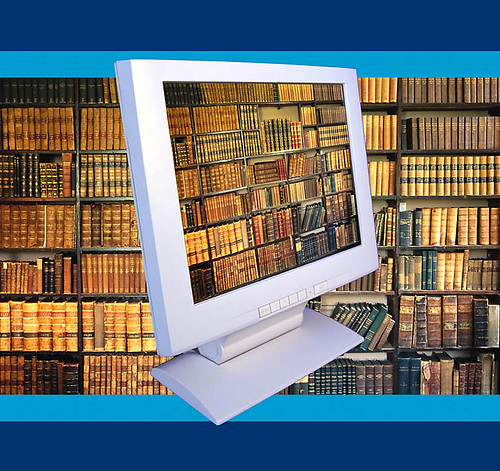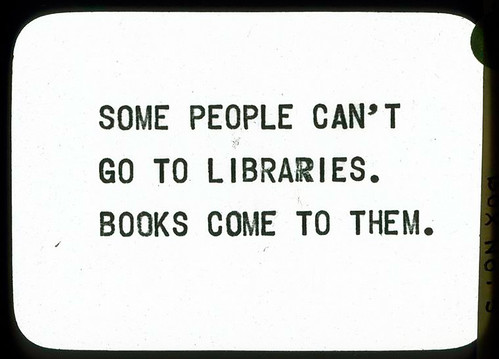OK, so I’m no Rembrandt.
I sketched this turtle with my iPad using Sketchbook Pro by Autodesk. It’s my second sketch with my first being a dog that was much better. I’m not very good at drawing turtles.
While I get what Postman is saying and appreciate his view in some ways even, I have to admit I find it a bit depressing and pessimistic. It’s a bit Michael Moore-ish to me. I’ve enjoyed reading what others have been saying in their posts as well though some of those posts are also a bit depressing!
I don’t think it is about what today’s technology is providing but more about what we’re able to look forward to – what it’s shaping. Yes, the iPad might not be the ‘answer’ to education but it’s a major leap forward and its innovation is leading and shaping what is to come down the road, and that is exciting. Incidentally, I purchased both of the texts for this course off of Amazon and onto the Kindle app for my iPad. I bought them cheaper than I could from the UBC Bookstore and I saved $80 in shipping (that’s what it costs me to get my books here in Singapore … even when I need PDF photocopies of articles they won’t send to me as PDFs .. but that’s another blog post entirely). On top of that, I saved trees and lessened my carbon footprint. I can still highlight text in my e-books and I can annotate when I want. I can also call up a dictionary at the touch of a finger.
The turtle represents change in technology actually being slow. Not the ‘new’ things that are always around the corner, but the actual necessary and positive changes that are a result of the quick advancements. The personal computer moving into the classroom made education/writing/learning individual and lessened the orality of the learnings, lessened the discussions. OK, but the Internet, download and upload speeds increasing and the affordability of the laptop, 1-1 environments and Web 2.0 have changed that and now students are more collaborative than ever. And more reflective. More of a world citizen than they were before and understand geography because they have seen it and manipulated it rather than viewed it on a flat map of the world. Augmented reality? I can’t wait for that to develop further!
I agree that too many are jumping on the bandwagon and throwing technology into classrooms without a thought about what they are actually going to do with it or the implications it might have. But if we are thinking about what we want and need then we are already thinking behind. It’s about what the students in our classrooms want and need and the medium they are comfortable in.
You can’t slow it down, progress is inevitable. And I do believe it is progress. I think you just have to be cautious of what is happening, where things are going and try and keep up enough without throwing the baby out with the bathwater.
Sorry, a bit of a rant there I suppose. I likely wasn’t all that eloquent or articulate.
Tyler

